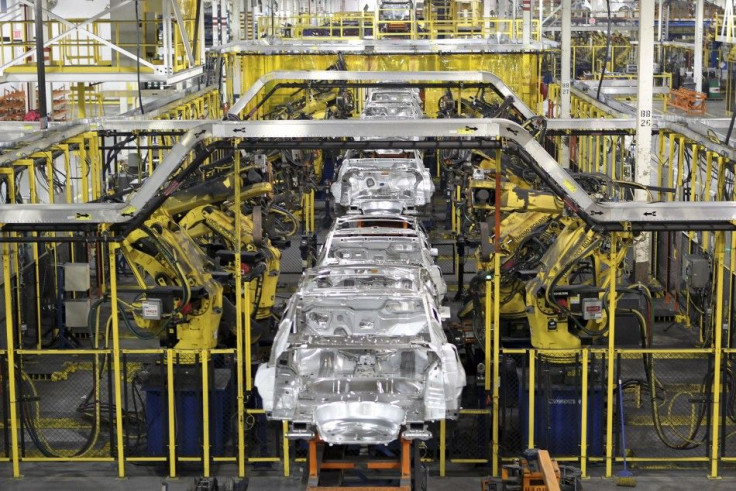U.S. Debt Deal Decreases Budget Deficit, but What About 'Jobs Deficit'?
Analysis

With the U.S. debt deal now federal law, Congressional leaders have taken a decent first-step toward eliminating the nation's budget deficit, but that's not the only deficit lawmakers have to worry about: the U.S. also has a jobs deficit and a GDP growth deficit.
To be sure, it was mandatory that Congressional leaders resolve the U.S. debt deal crisis: anything less would have been counter-productive, to say the least, for the U.S. economy, and more broadly, for the global financial system.
And the reason is the debt deal, and in specific, cutting federal spending, is destined to make conditions better for business. The reasoning, by many conservative Republicans and more than a few moderates, goes -- uncertainty concerning whether the U.S. Government would default and whether federal spending in the years ahead would be restrained froze CEOs and other corporate executives from implementing investment and hiring programs.
Further, now that the default cloud has been lifted, and the U.S. has a chance to vector toward a balanced budget in the decade ahead, and with no worries about sudden, new taxes from Washington, Corporate America will become more confident about business prospects and start expanding operations and hiring.
U.S.: Short a Lot of Jobs
However, resolving the U.S. debt deal issue is not tantamount to restoring the U.S. economic to health: far from it. The reality is an equally-weighty problem exists: the jobs deficit.
The nation is the midst of its greatest 'job deficit' since the 1930s. The Economic Policy Institute, a liberal Washington, D.C.-based think tank says the United States is short a staggering 7 million jobs.
In other words, the U.S. economy has to add 7 million jobs, just to return the workforce to a level at the start of the recession, in December 2007.
What's more, to keep up with population growth, the economy would have to add 11.1 million new jobs to restore the nation to the pre-recession unemployment level of 5.0 percent in December 2007.
To put that in perspective, if the U.S. economy added 300,000 new jobs per month, it would take roughly 37 months to return the nation to that 5.0 percent unemployment rate. During this recovery, the economy has created less than 200,000 new jobs per month.
Job Market/Economic Analysis: There's no way to sugarcoat it: the United States has an enormous 'jobs deficit.'
Further, the grim reality is that unless the private sector starts hiring en masse immediately, the U.S. unemployment rate will probably rise in the second half of 2011, because budget deficit reduction efforts in Washington will decrease spending and trigger actual government job lay-offs at the federal, state, and local levels.
What's needed now? Policy makers -- both public and private -- must find ways to create jobs.
There are a variety of ways Congressional leaders can jump-start job growth: tax credits, investment credits, create a new infrastructure investment bank, an even more accelerated write-off for equipment, pass free trade treaties, and a payroll tax holiday are some of the more well-known tactics.
What's more, it's not popular now, in today's austerity climate, but Congress could also try selected public works projects: there's plenty of infrastructure work to be done -- on highways/roads, bridges, hosptals, schools, the electric grid, and airports -- and millions of talented, industrious Americans willing to do it.
The important thing, as President Franklin D. Roosevelt demonstrated decades ago, is to try something. "But above all, try something," FDR said.
And the stakes are high: The nation's enormous 9.2 percent unemployment rate is the biggest threat to the economic expansion's durability, and ultimately, to corporate revenue and earnings growth.
© Copyright IBTimes 2024. All rights reserved.





















